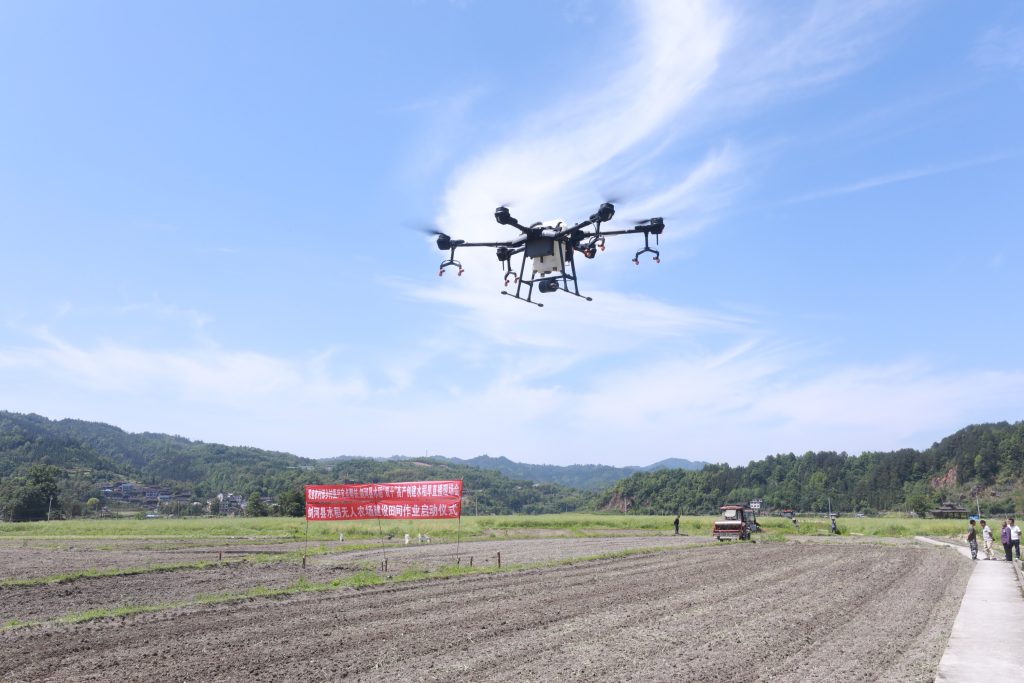Unmanned Aerial Vehicles (UAVs) have taken on the role of aerial guardians in modern agriculture, particularly in the realm of crop protection. These high-tech machines are revolutionizing the way farmers monitor and manage pests, diseases, and other threats to their crops. In this article, we’ll explore how UAVs are reshaping crop protection practices and contributing to more sustainable agriculture.
Traditionally, crop protection relied on visual inspection and manual labor. Farmers and scouts would traverse fields on foot, attempting to identify problems and assess their severity. This method was time-consuming and often led to inconsistent results. UAVs have transformed this process by offering an efficient and bird’s-eye view of the fields.
Equipped with advanced imaging technology, UAVs capture high-resolution images and data that reveal crucial insights about crop health. These images are analyzed to detect subtle changes in plant condition, such as discoloration or irregular growth patterns. Early detection of such issues allows farmers to respond promptly, minimizing the potential for crop damage.
UAVs also enable precise application of treatments. With specialized payload systems, drones can target specific areas of a field, reducing the need for broad-spectrum pesticide or herbicide applications. This precision minimizes chemical usage, reduces environmental impact, and saves farmers money.
Furthermore, UAVs contribute to sustainability by optimizing resource management. By providing real-time data on soil moisture levels, nutrient deficiencies, and pest infestations, drones enable farmers to make informed decisions about irrigation and fertilization. This data-driven approach minimizes resource waste and promotes responsible agricultural practices.
The environmental benefits of UAVs in crop protection are significant. Reduced chemical use and minimized runoff contribute to improved water and soil quality. Preserving natural ecosystems and beneficial insects also enhances biodiversity in agricultural landscapes.
As technology continues to advance, the capabilities of agricultural drones will expand further. Integration with artificial intelligence and machine learning will enable drones to make autonomous decisions about treatment strategies. Improved battery life and flight range will allow them to cover larger areas and operate in more challenging environments.
In conclusion, UAVs have emerged as indispensable tools in crop protection, offering precision, efficiency, and environmental benefits. As the global population grows and agricultural challenges mount, the role of these aerial guardians in sustainable and productive crop management cannot be overstated.







Please sign in to comment
register